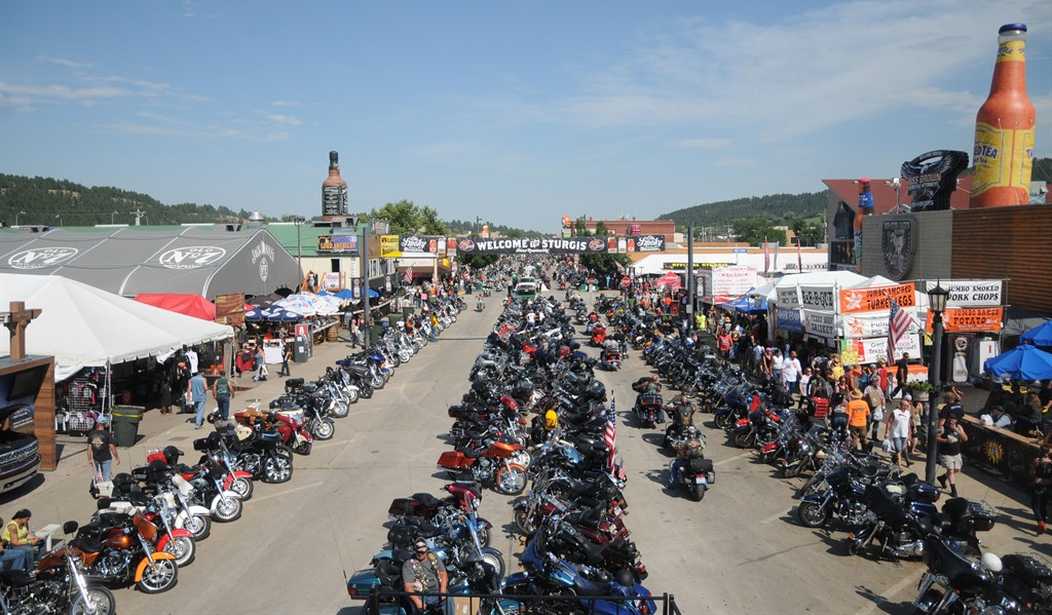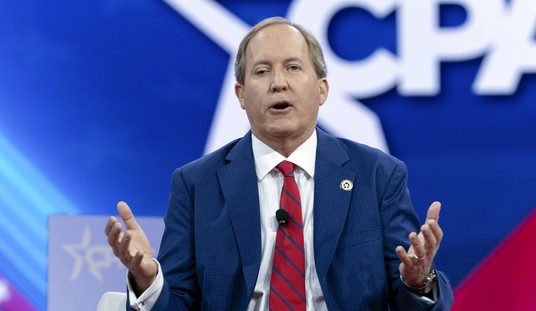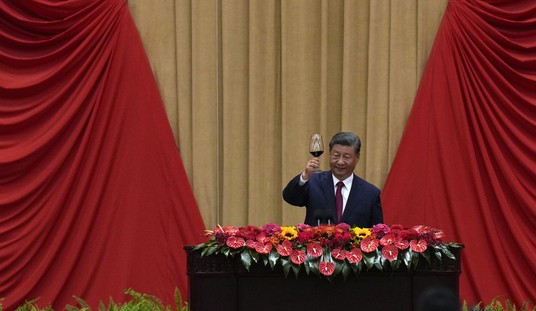A follow-up to this post from a few weeks back noting an uptick in cases in South Dakota, where Sturgis is held. Has that trend continued since then?
It has. The state is now experiencing its second-worst wave of the pandemic.
What it’s not experiencing (yet?) is any surge in deaths, however. And the trend in cases lately may signal that the spread is already beginning to slow down.

Hospitalizations for COVID in SD had begun to inch up in the days before August 6, when Sturgis began. But it’s been ever upward since, with active cases rising from 657 on August 4 to more than 5,000 by the end of the month. As of August 29, contact tracers had already linked 178 cases across five states to the rally. The largest hospital in the Black Hills went from having five COVID patients at the start of August to 78 by the final week of that month.
It’s a superspreader event — depending on how you define “super.” South Dakota’s population is so small that a few hundred cases represents massive growth when measured as a percentage but not very much at all in raw numbers. Even Lollapalooza, which required proof of vaccination or a recent negative test as a condition of entry, saw 200 cases in the aftermath. (Although, notably, those cases weren’t linked to the event itself. They included anyone who tested positive within two weeks of attending, without an attempt to discern where they got infected.) What makes Sturgis any different? Is the attention being paid to it just a case of liberal scientists wanting to shame a red state for holding a beloved event against their advice?
What makes it different, writes Dr. Ashish Jha today, is that it was held in the state that probably has the highest percentage of COVID immunity of any in the U.S. Because South Dakota is small by population and has a decent vaccination rate and was hit with a ferocious wave of COVID last winter, Jha guesstimates that around 75 percent of residents have some form of immunity or another. That being so, Sturgis became a de facto experiment in whether high-immunity areas could hold mass gatherings with essentially zero precautions and still avoid an outbreak locally. If so then other high-immunity states could let it rip the same way and have little to fear. We’d regain an important degree of normalcy.
But there has been an outbreak in SD. And hospitalizations haven’t leveled off yet, so it’s not over. Jha is bummed:
If it had gone off without big spikes in covid cases, it would have provided strong evidence that this level of population immunity — around 75 percent — would allow us to get back to the way we did things in 2019. But unfortunately, that’s not what happened. In the weeks since the rally began in early August, infection numbers have shot up more than 600 percent in South Dakota. We can expect to see big increases in other states, too, since bikers returned home from the event. Last year, after Sturgis, we saw massive outbreaks across the Dakotas, Wyoming, Indiana, even Nevada. Much of the region was aflame because of Sturgis, probably causing thousands of deaths…
The simple interpretation of the large outbreak after Sturgis is that big gatherings are just not possible during a pandemic. But that is the wrong lesson. It’s important for Americans to find ways to come together. So we should ask how we can make gatherings safer.
Here, the pandemic playbook is straightforward: Ensure you have a highly vaccinated population. Verify people’s vaccination status. Require rapid and frequent testing, especially for the unvaccinated. Improve indoor air quality, and use masking intermittently when needed.
Hold the mass gatherings, but take precautions. That’s the Lollapalooza lesson. The problem for Sturgis was that the biker cohort isn’t a “precautions” kind of crowd. “This is crazy. We should be vaccinated and wearing a mask. This is just crazy, crazy, crazy,” said one South Dakota doctor to the Daily Beast about the scene in the town a few weeks ago. “What’s alarming with Sturgis is the defiance: ‘We know there’s this risk, but we’re going to do it anyway.’ They could have had a mask mandate or vaccination requirements,” an epidemiologist told Healthline. “What we hoped would happen is that the organizers would have met with public health experts and talk about how to have the event while minimizing risk.”
Think we’ll learn that lesson?
Real America is done with #COVID19. God bless! https://t.co/7YVb2LVb5T
— Rep. Jim Jordan (@Jim_Jordan) September 7, 2021
Fans at the Wisconsin game this weekend were asked to wear masks in the indoor portion of the stadium but there were no other requirements. Some schools in states hit hard by COVID have gone further, though. LSU is following Lollapalooza rules for admission at the Tigers’ home games this year. Prove you’re vaccinated or have recently tested negative or no entry. Hopefully more schools will follow their lead.
Here’s Fauci being bad at his PR job again this morning, discouraging people from doing something they’re eager to do instead of stressing that it should be done but with the sort of precautions LSU is taking.
Dr. Fauci criticizes colleges for hosting packed college football games: “I don’t think it’s smart” pic.twitter.com/Jlappir5K9
— Tom Elliott (@tomselliott) September 7, 2021








